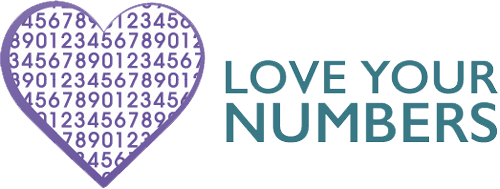How to set payment terms if you’re a freelancer or contractor
Following up on late or non-paying customers is no freelancer’s favorite task. Which is precisely why you need to set payment terms up front – and in writing – before you work with a new client or customer.
By communicating and agreeing on the non-negotiables for doing business with you, you’ll avoid awkward misunderstandings, frustrating disputes, and in most cases, the ugly hassle of debt collection.
These tips will help you pave the way for consistent cash flow by setting clear payment terms.
Minimum legal requirements
As a business owner you are only required to include your business name and address on your invoices. But it’s in your best interest to include more information than the law requires.
It’s recommended that every invoice include:
- The invoice date
- Complete contact info
- Your ABN
- Payment instructions (i.e. acceptable forms of payment and when payment is due)
- An itemisation of services
If you haven’t shared your payment terms in writing and a client won’t pay, you have little recourse. You won’t be able to charge a late payer interest on their balance owing, let alone engage the services of a debt collection agency.
In addition to including your payment terms in clear and simple language on every invoice, be sure to state your payment terms early on.
Send along your policies in an email, include them in an agreement or contract, and/or point new clients to the terms and conditions outlined on your website.
What to include in your payment terms
It’s up to every entrepreneur to decide when and how much they need to be paid in order to operate a smooth, positive cash flow business.
As a starting point when setting payment terms, think of the troubles you’d like to avoid and how you could prevent them with the right policies.
In addition to when payment is due (i.e. on receipt of invoice, Net 10, Net 30) you might want to include:
- Pre-payment requirements (i.e. a full or partial deposit)
- Incentives for early payment (e.g. “2/10, Net 30” means clients get a 2% discount on invoices due in 30 days if paid within 10 days)
- Late payment fees (e.g. 2% on the balance, accruing monthly)
You might also include a description of the products or services offered, delivery timelines, a reminder of the terms of your agreement, and what will happen if either party doesn’t stick to the policies in place.
Offer many payment options
With all of today’s modern accounting programs, such as MYOB and Xero, the ability to offer a Pay Now option with a variety of options for payment such as EFT, BPay, credit card online, and other payment gateways such as PayPal, Stripe etc provides options to your customers. Anecdotal evidence suggests that when providing an online view of your invoice with the pay now option contractors are more often paid immediately.
This will also reduce administration time in debtor management as these solutions also offer automated email follow up options that you can set to remind your customers of your unpaid invoice as well.
Any solutions that save you time and money in follow up action should be implemented in your processes.
Final thoughts
For freelancers and contractors, requiring pre-payment in the form of a full or partial deposit can really help avoid the “feast or famine” cash flow cycle.
It can feel a bit intimidating to ask for payment before you’ve completed the work – but think of it as a client screening process. After all, it’s only the ones who understand you are offering a valuable service and are willing to pay for it that you want to work with.
As a secondary benefit, when clients invest up front they understand they are working with a professional and act accordingly. And if it turns out you do have a few late paying customers from time to time, those deposits you’ve collected will ensure you have the cash to carry you through.

